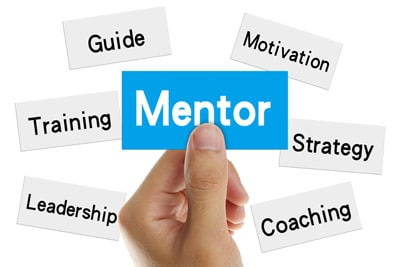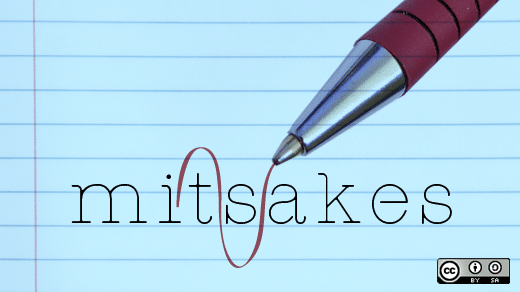There is an adage in the corporate world that team-building activities are cliched, boring, and monotonous. Employees sometimes also express feeling forced to be a part of these activities, and over time, this can also lead to a disconnect with the organization. But team building is one of the most crucial aspects of organizational culture, and unengaging activities can lead to siloed teams, employee frustrations, and a high turnover.
There is also a common misconception that team-building activities need to be hosted in expensive resorts or on Instagram-worthy vacations. But that’s not everything. The true spirit of team building is in facilitating the development of personal interactions between team members. They need to bond with each other and experience camaraderie.
So, here we put together a list of types of group activities for employees that can help in building your organization’s culture:
#1. Ice-breaker Activities:
These activities can be categorized as those that do not require a high level of physical movement or involvement from participants. As the name goes, they can be used only for breaking the ice i.e. getting to know each other.
These are simple, yet they provide a quick breather for team members. These are also great for large teams, cross-functional teams, and diverse teams. Ensure that the interaction between team members flows naturally throughout the activities, and if needed, hire a facilitator to conduct the activities.
As these instances are generally the first few personal interactions between team members, it is recommended that they be conducted in a quick and fun way. No-frills mode is the best way to go here so that no one is overwhelmed. Another advantage of these is that everyone feels accepted and welcomed into the teams.
Often some team members feel left out of activities as they require a great level of involvement. Introverts do not quickly engage with their coworkers and these activities can be a perfect start. Some examples of ice-breaker activities can be a simple team lunch or blindfold games or even a virtual game can be a great idea.
#2. Family & Friends Activities:
Now that your team members have got to know each other and have been interacting for a while it is time to start strengthening the team cohesion. Improve communication between them and organize activities that give them opportunities to bond with each other.
In these activities, factors like empathy, trust, and honesty lay the foundation for long-lasting connections. Involve your team’s family or pets too to help them bond. And research has also proven that meaningful connections and relationships at work propel teams toward high performance. Some examples of family- and friend-type activities are Friday happy hours, virtual workstation tours, or a pet care day.
#3. Conflict resolution Activities:
No matter how cohesive teams are, they are bound to run into conflicts. And often, employees might just hide it away and disconnect from the organization. It is important to notice conflict-ridden teams and engage in conflict-resolution activities. Although team bonding isn’t a straightforward answer to conflict resolutions, it can help in preventing scars on the team.
Generally, in conflict-ridden teams, employees may not be willing to participate in team building owing to insecurity or friction with colleagues. Therefore, out-of-the-box and fun activities are much needed. Perhaps a vacation or a team outing with leadership involvement can be a pleasant experience for the team. Or it can be as simple as a team baking day. The essence here is to encourage as much team involvement as possible while diffusing tensions between team members. You can make regular activities more suitable for these situations by making minor tweaks.
For example, if one of your team members is a great designer, you can ask them to design something for the team. If one of them is a good cook, you can ask them to whip up something for the rest of the team. But always ensure to have open communication at these events to avoid misunderstandings or you might end up burning some bridges.
#4. Competitive/Collaborative Activities:
Is your team collaboration at the best level or are they still stuck in conflicts? Are they experiencing internal competition because of conflicts? Then it can be a great idea to organize some competitive or collaborative activities.
An outdoor sports day will be perfect for this. It gives the much-needed adrenaline rush while also encouraging team spirit. These types of activities also give teams the resilience and strength needed to stay motivated through challenging times.
Encouraging each other while also focusing on individual growth must be the focus of these activities. Some other examples of these activities are teams coming together to build something like a DIY Day (DIY camping, DIY cooking, etc.)
#5. Problem-Solving Activities:
Every team member needs a bit of mental stimulation here and there. What can be better than blending it with fun activities?
Problem-solving activities can be regularly organized to improve the decision-making, problem-solving, and analytical skills of teams. While this does not seem to directly relate to organizational culture, these skills directly impact the economic health of an organization. They are also essential to developing the next generation of leaders to lead the organization. Some examples of problem-solving activities are mystery rooms, challenging board games, scavenger hunts, office trivia, etc.
These are broadly different types of team-building activities that are categorized based on team interactions. Team interactions weave the social and cultural fabric of the organization. As they generally say, people build an organization. So, focusing on building strong teams can have a lasting effect on your organization’s culture. Regardless of whether your workplace is virtual or physical, or hybrid, these activities can be done. All it needs is a strong commitment to building your culture and keeping your employees motivated.






